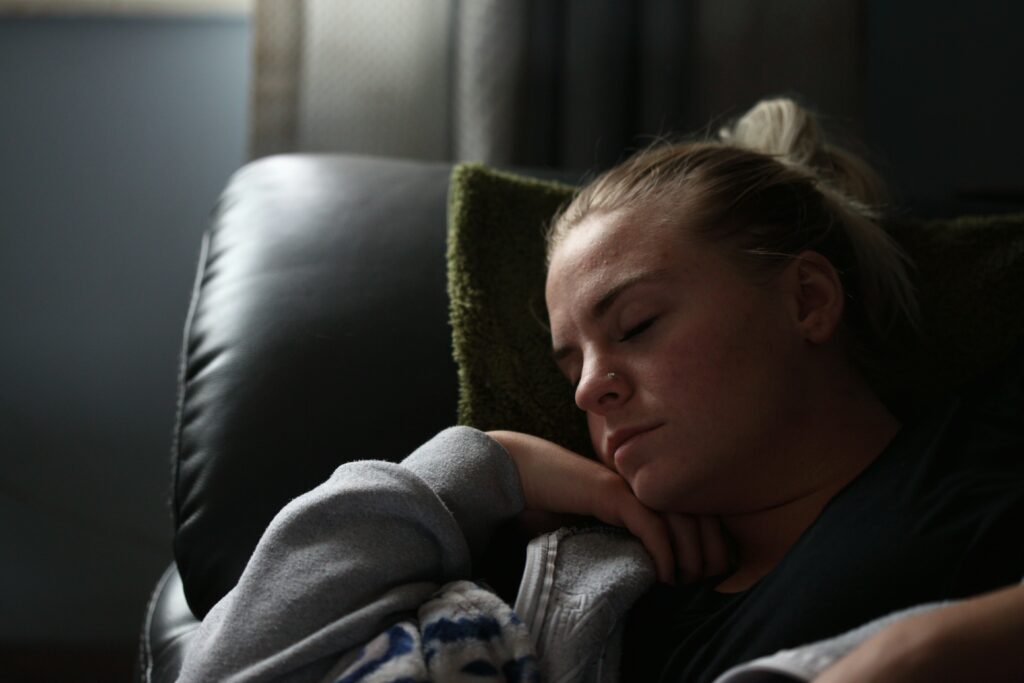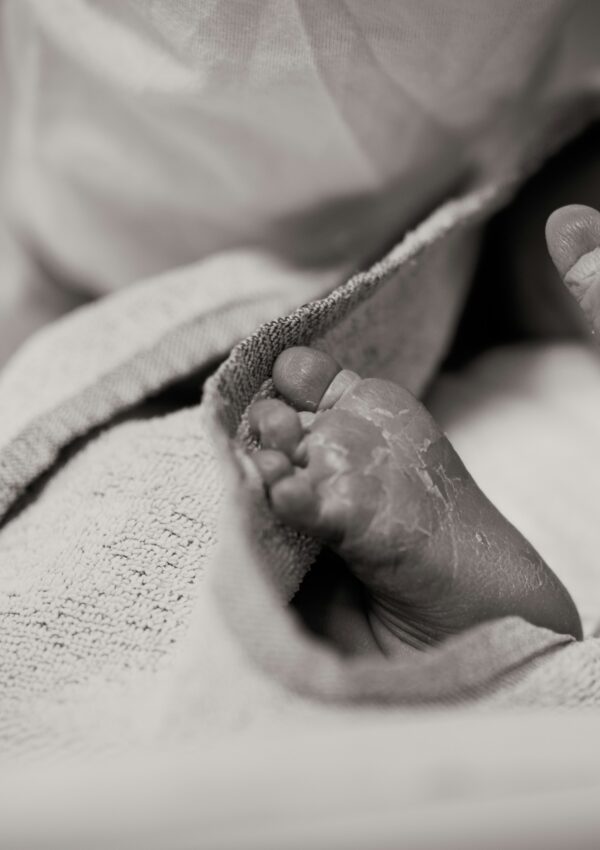If you’ve recently undergone a cesarean birth, you’re likely wondering about the best way to navigate your c-section recovery. As a c-section mama, you’ve just been through major abdominal surgery to bring your beautiful baby into the world. You’re now back at home, but the hospital staff may have left you with little to no guidance on how to properly care for yourself during the recovery process.
Fortunately, there are steps you can take to optimize your healing and make your recovery as smooth as possible. From managing pain and discomfort to getting enough rest and proper nutrition, there are many things you can do to help your body heal and regain strength after surgery. In this article, we’ll explore some of the most effective strategies for navigating c-section recovery, so you can focus on bonding with your new baby and enjoying this special time in your life.
Understanding C-Section Recovery
If you are planning to deliver your baby through a c-section, it is important to know what to expect during the recovery period. While every woman’s experience is different, understanding the physical healing process and emotional well-being can help you prepare for a smoother recovery.
Physical Healing Process
After a c-section, you will spend a few days in the hospital to monitor your recovery. During this time, your healthcare provider will help you manage pain and ensure that you are eating and drinking enough. You will also have to care for your incision site, which will be covered with a dressing.
In the first few days after surgery, you may experience some discomfort, such as cramping, soreness, and fatigue. You may also have some vaginal bleeding, which is normal and should gradually decrease over time. It is important to avoid strenuous activities and heavy lifting during this time to allow your body to heal.
As your body heals, you will gradually become more mobile and may start to feel more like yourself. However, it is important to listen to your body and avoid doing too much too soon. Your healthcare provider will give you specific instructions on when you can resume normal activities, such as driving and exercising.

Emotional and Psychological Well-being
Recovering from a c-section can be emotionally challenging. You may feel overwhelmed, anxious, or sad, especially if you did not plan to have a c-section. It is important to talk to your healthcare provider or a mental health professional if you are struggling with your emotions.
You may also experience some changes in your body image, which can affect your self-esteem. It is important to remember that your body has gone through a major event, and it may take time to adjust. Be kind to yourself and focus on taking care of your physical and emotional needs.
In conclusion, understanding the physical healing process and emotional well-being can help you prepare for a smoother c-section recovery. Remember to listen to your body, follow your healthcare provider’s instructions, and seek help if you need it.
Managing Pain and Discomfort
Recovering from a navigated C-section can be painful and uncomfortable, but there are several ways to manage the pain and discomfort. In this section, we will discuss some of the most effective methods for managing pain and discomfort after a navigated C-section.
Medication and Pain Relief
After a navigated C-section, your doctor may prescribe pain medication to help manage your pain. It is important to take your medication as prescribed and not skip any doses. If you are experiencing severe pain, your doctor may adjust your medication or prescribe a stronger pain reliever.
In addition to prescription medication, over-the-counter pain relievers such as acetaminophen or ibuprofen can be effective in managing pain. However, it is important to talk to your doctor before taking any over-the-counter medication.
Home Remedies and Comfort Measures for C-Section Recovery
There are several home remedies and comfort measures that can help manage pain and discomfort after a navigated C-section. Here are a few:
- Apply heat or cold: Applying a heating pad or ice pack to the incision site can help reduce pain and swelling.
- Get plenty of rest: Rest is essential for recovery after a C-section. Make sure you are getting enough rest and sleep.
- Wear comfortable clothing: Choose loose-fitting clothing that does not put pressure on the incision site.
- Stay hydrated: Drinking plenty of water can help reduce constipation and promote healing.
- Practice good hygiene: Keep the incision site clean and dry to prevent infection.
By following these tips and working closely with your doctor, you can effectively manage pain and discomfort after a navigated C-section.
Navigating Daily Life Post-C-Section
Recovering from a C-section can be challenging, but with proper care and attention, you can make a smooth transition back to your daily life. In this section, we’ll explore some guidelines and recommendations that can help you navigate your daily life post-C-section.
Activity and Exercise Guidelines
After a C-section, it’s important to give your body time to heal before resuming physical activity. Your healthcare provider will give you specific instructions on when it’s safe to start exercising again. In general, you should avoid any strenuous activity or heavy lifting for at least six weeks after your surgery.
Once you get the green light from your healthcare provider, you can start with light exercises like walking or gentle stretching. Gradually increase the intensity and duration of your workouts as your body gets stronger. Remember to listen to your body and stop if you feel any pain or discomfort.
Diet and Nutrition Tips
A healthy diet is essential for a speedy recovery after a C-section. Eating a balanced diet rich in nutrients can help your body heal faster and give you the energy you need to care for your newborn. Here are some diet and nutrition tips to keep in mind:
- Eat a variety of foods from all food groups, including fruits, vegetables, whole grains, lean protein, and healthy fats.
- Stay hydrated by drinking plenty of water and other fluids like milk, juice, and soup.
- Avoid processed foods, sugary drinks, and foods high in saturated and trans fats.
Rest and Sleep Recommendations for C-Section Recovery
Getting enough rest and sleep is crucial for your physical and mental well-being after a C-section. Here are some recommendations to help you get the rest you need:
- Take naps when your baby is sleeping to help you catch up on sleep.
- Avoid caffeine and other stimulants that can interfere with your sleep.
- Use pillows to support your body and help you find a comfortable sleeping position.
By following these guidelines and recommendations, you can help your body heal and make a smooth transition back to your daily life after a C-section. Remember to always consult with your healthcare provider before making any changes to your diet or exercise routine.
Medical Care and Follow-Up
After your navigated C-section, it is important to receive proper medical care and follow-up to ensure a smooth recovery. This includes doctor visits and wound care.
Doctor Visits and Check-Ups
You will have a follow-up appointment with your doctor within 2 weeks after your C-section. During this appointment, your doctor will check your incision site and monitor your healing progress. They will also discuss any concerns or questions you may have and provide recommendations for pain management.
In addition to your follow-up appointment, it is important to contact your doctor if you experience any signs of infection, such as fever, redness, or increased pain at the incision site. You should also contact your doctor if you experience heavy bleeding or discharge, or if you have any concerns about your recovery.
Wound Care and Monitoring
Proper wound care is essential for a successful C-section recovery. Your doctor will provide instructions on how to care for your incision site, including how to keep it clean and dry, and when to change your dressing. They may also recommend pain management techniques, such as over-the-counter pain medication or prescription pain relievers.
It is important to monitor your incision site for any signs of infection, such as redness, swelling, or discharge. If you notice any of these symptoms, contact your doctor immediately.
Overall, following your doctor’s instructions and attending your follow-up appointments is crucial for a successful navigated C-section recovery. With proper medical care and monitoring, you can ensure a safe and healthy recovery.




